
If you’ve ever wandered into the studyspo community, you’ve probably seen plenty of gorgeous aesthetic notes layouts.
You’ve probably thought Wow, if my notes looked like this, I’d actually be excited to study! However, you’ve probably also thought Taking notes like this would take way too long; plus, I don’t have the artistic talent”¦
If you want to learn how to take aesthetic notes but either A) worry that it will take too much time or B) don’t think you have the artistic talent, this post is for you! I’ll be covering exactly how to take aesthetic notes that aren’t over-the-top but still pretty to look at.
Additionally, I’ll be detailing tips and techniques to make your notes aesthetic without sacrificing their utility. After all, making your notes easy to review and comprehensive is more important than making them pretty.
Without further ado, let’s dive in!
This post may contain affiliate links, which means that when you make a purchase through a link, I make a small commission at no extra cost to you.
Why Make Aesthetic Notes?
As I mentioned, it’s more important to focus on making your notes useful, rather than pretty. Nevertheless, there are several notable benefits of taking aesthetic notes.
Benefit #1: Improved Focus
Aesthetic notes are more engaging and visually appealing than traditional black-and-white, quickly scribbled notes. This can help you stay focused when studying.
Benefit #2: Enhanced Comprehension and Memory Recall
Aesthetic notes often include visual elements, such as drawings and diagrams, and organization techniques (headings, subheadings, and boxes).
In this study, researchers found that drawing results in better retention than writing. In another study, researchers found that viewing images facilitates retention and understanding of information.
Whether you hand draw or print out drawings or diagrams, including these elements in your notes can improve your comprehension and memory recall! This can be especially helpful if you’re a visual learner.
Preparing for Aesthetic Note-Taking
Before getting into the steps of how to take aesthetic notes, you must choose a note-taking platform, prepare your note-taking materials, and set up a good study environment.
Choose Between Paper and Digital Notes
When it comes to note-taking on paper or an electronic device, everyone has different preferences.
You may prefer the tactile experience of pen and paper, or you may enjoy using a digital note-taking app. Personally, my favorite digital note-taking app for handwritten notes is Notability. One of the most notable advantages of using a note-taking app is the lasso tool, which enables you to move text and resize elements with ease.
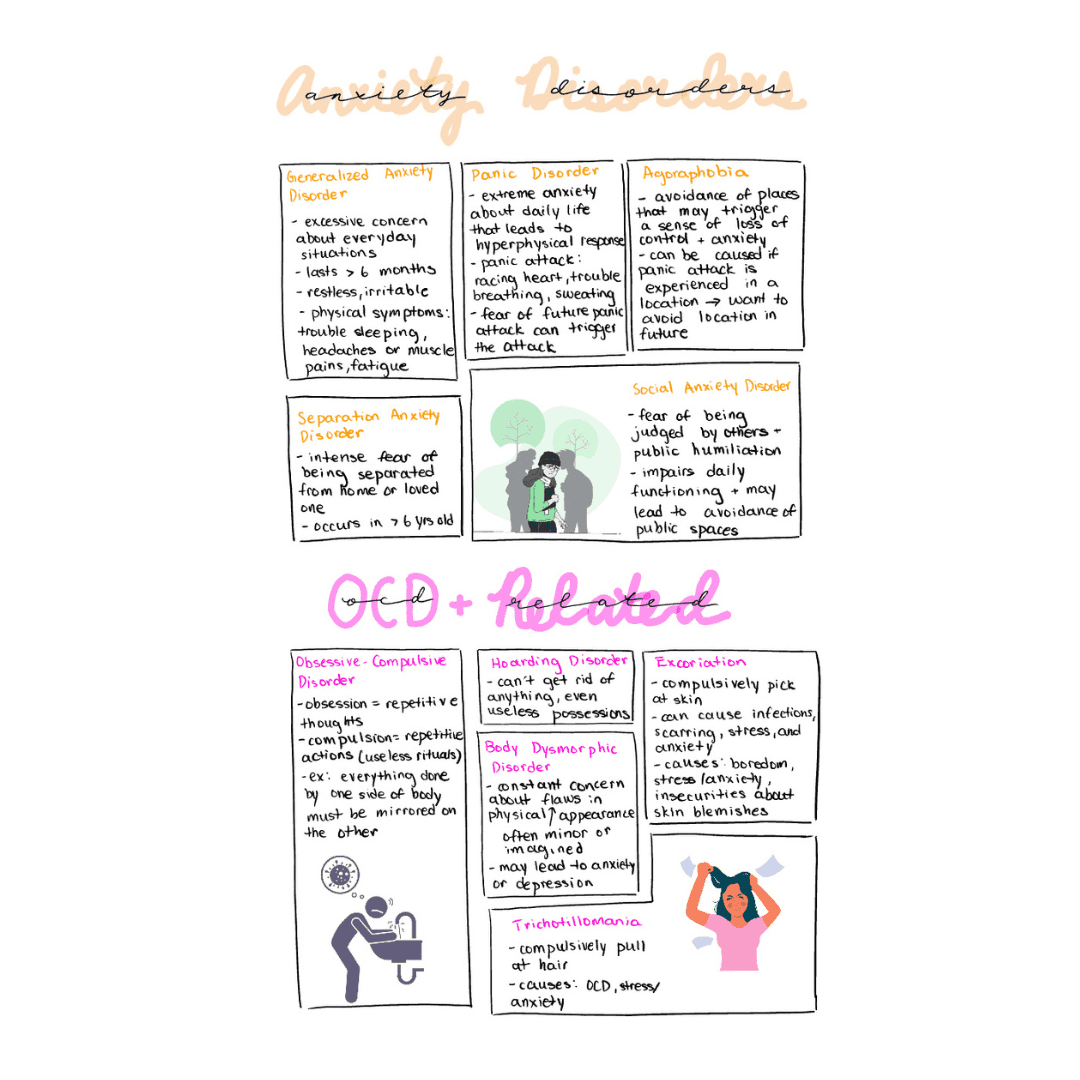
These are notes I took in Notability using the boxing method of note taking.
Gather Note-Taking Supplies
I’ve listed my favorite aesthetic note-taking supplies below. Some of them are essentials, and others are optional.
Black Pen
A high-quality black ink pen is essential for handwritten notes. The pens I use most frequently are the Papermate InkJoy gel pens, which come in a variety of colors, including black. They write super smoothly and don’t smudge easily.

Highlighters
I know everyone talks about Zebra Mildliners, but it wouldn’t be an aesthetic note-taking post without mentioning these. You can choose from a wide selection of colors, but I personally prefer the pastel pack.

Correction Fluid
Personally, I’m not a fan of using correction tape or White-out because they tend to look messy. Instead, I use the Sakura Gelly Roll white gel pens to correct any mistakes I make.

And that’s all you need! You’d be surprised how much you can do with just a simple black pen and colorful highlighters. Of course, you’ll also need notebooks or loose-leaf paper (if you use a binder) for handwritten notes. However, everyone has different preferences for notebook design, so I’ll leave that up to you.
I’ve included some other note-taking supplies below, but they’re totally optional.
Brush Pens (Optional)
If you like hand lettering, the Tombow Fudenosuke Brush Pens are a must-have. They come in two tips: soft and hard, which allow you to explore a range of lettering styles and thicknesses.
The Tombow Dual Brush Pens are great for colorful hand lettering (and highlighting). Since they’re water-based, you can even create cool gradient lettering (although this may be too time-consuming).


Other Accessories (Optional)
Lastly, you may want to jazz up your notes with some washi tapes, stickers, or stamps. If you use a notebook or binder, I also recommend getting these sticky tabs. They’re super useful for marking important sections, so you can flip to notes about different topics quickly.

Set Up a Good Study Environment
If you’re taking notes outside of class, I highly recommend setting up a good study environment. Trust me, your study environment can either make you super inspired or terribly unmotivated. Here are some tips for setting up a conducive environment:
Choose a space that inspires you””a clean, well-lit area with minimal distractions. Experiment with different lighting options, such as natural light or warm artificial lighting, to create a calming atmosphere.
Also, consider adding elements that spark your creativity, like plants, inspiring quotes, or artwork. Remember, your study environment should foster focus and positivity.
Personally, I also enjoy using aesthetic study websites while I work, like Lofi Cafe or Virtual Cottage. These keep me inspired and motivated.

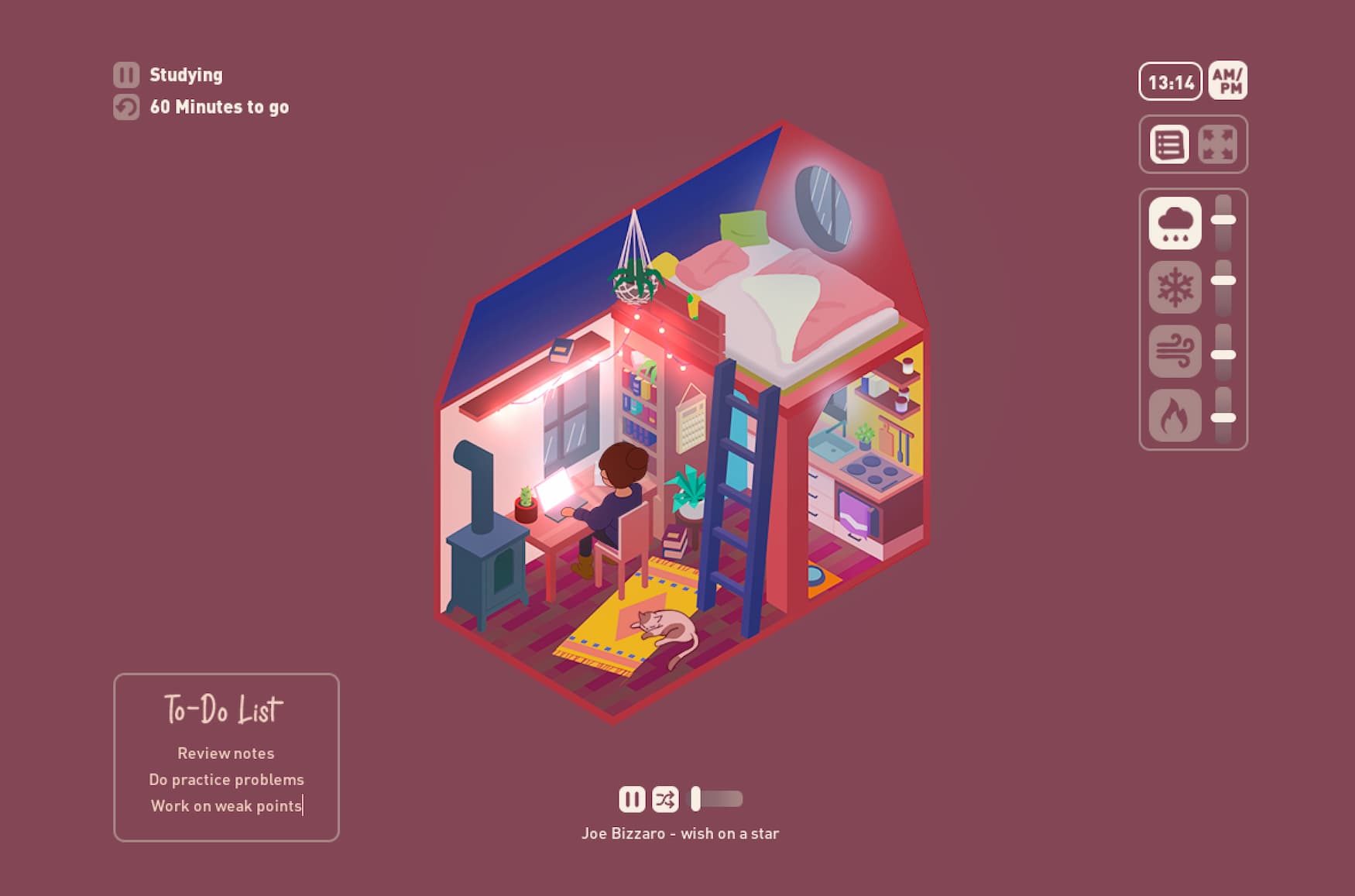
For more tips on making studying more enjoyable, check out this post on how to romanticize studying.
Prime Your Ability to Learn
This is probably the most important step of note-taking preparation but is commonly overlooked. Did you know that a large part of confusion results from a gap between what you expect and what you see? This is part of the reason you often have to read something multiple times before you absorb it””you don’t know what to expect, so your brain gets confused.
To combat this issue and help you take more effective notes, you should scan the topics you intend to take notes on before taking notes. If you’re going into a live lecture, check the syllabus to see what will be covered, and scan the headings and subheadings of the corresponding textbook reading.
In fact, I recommend spending 5-10 minutes scanning the headings, subheadings, emphasized text (italicized, bolded, highlighted), and diagrams of any learning material before you read it. This will give you a better grasp of what information will be covered and how the information is logically organized. By doing this, you’ll be able to take better notes and absorb information faster.
How to Take Aesthetic Notes (A Step-by-Step Guide)
Alright, now let’s finally dive into exactly how to take aesthetic notes (without spending a ridiculous amount of time).
Step #1: Choose an Effective Note-Taking Layout
Aesthetic notes shouldn’t just look pretty; they should also be functional and easy to navigate. Different note-taking layouts work well in different situations.
Here are some good note-taking layouts for live lectures:
- Cornell method
- Flow method
- Sentence method
- Boxing method (designed for digital note-taking)
- Outline method
If you like taking notes on your own time or rewriting quickly scribbled notes from lectures, these are some good options:
- Charting method
- Mapping method
- Q/E/C method
- REAP method
For details on each of these note-taking methods and the situations they’re best suited for, check out this post on 14 effective note-taking methods. Optimally, you should have a few note-taking layouts that you use for different classes. For instance, I enjoy using the flow method of note-taking in live lectures for technical classes, like math. However, I prefer the outline method for humanities classes.
Also, remember to make use of bullet points (to keep notes concise and readable), as well as headings and subheadings when taking notes. Doing this will make your notes easier to review and visually organized.
Step #2: Practice Handwriting and Fonts
This step is an obvious one. If you want your notes to look nice, you need to have nice handwriting. If this is something you struggle with, check out this quick 5-minute video with tips on how to improve your handwriting.
The next thing is experimenting with fonts. You should try different fonts that resonate with your style””whether it’s elegant, playful, or bold. Once you have a selection of favorite fonts, you can think of them as your go-to “arsenal” when adding headings or subheadings to your notes.
I’ve included a picture of several of my favorite fonts below. As you can see, I like to keep my fonts simple so I don’t spend too much time on making my notes “pretty”. However, they still add a nice artistic touch that regular handwriting doesn’t have!

Step #3: Employ Highlighting and Color Psychology
Choose a color scheme before you start taking notes. Personally, I don’t recommend using more than one or two highlighter colors for a given set of notes. Too many can get stressful and distracting to look at.
Also, as you’re taking notes, don’t highlight too much. Just focus on highlighting keywords, or else your notes may turn into a distracting color explosion.
You may also want to reference color psychology to decide what colors to use most frequently. In this study, researchers found that red and other warm colors grabbed the attention of students better than cool colors. As a result, you may want to experiment with using warm colors and cool colors to see which you prefer. (Personally, I still prefer using cool colors”¦)
Step #4: Add Visual Elements and Diagrams
Sometimes, words alone can’t do justice to complex concepts. As I mentioned earlier in this article, drawing or simply viewing images can facilitate learning. So if you’re learning a difficult concept, adding visual elements can be very useful!
Incorporate diagrams, charts, or drawings to visually represent information. A well-chosen visual element can be far more useful than a bunch of text (I find that this is especially true for biology). Plus, it can take your notes to the next level, visually speaking.

If you don’t want to spend time drawing things, you can also print out online images.
Step #5: Incorporate Decorative Elements and Doodles
Finally, you may want to consider adding some extra decorative elements. This is totally optional (since this step doesn’t add any learning value to your notes).
However, if you have the time, you may choose to add some doodles, washi tape, stickers, stamps, or other artistic elements.
Additional Tips for Effective Aesthetic Note-Taking
Now that we’ve covered the steps of how to take aesthetic notes, it’s time to dive into techniques to take your notes to the next level of efficiency and effectiveness.
Tip #1: Use Abbreviations and Symbols
One of the key tips for taking notes faster is using lots of abbreviations and symbols. Also, try to keep notes readable and concise by using bullet points and sentence fragments, as opposed to full sentences.
Tip #2: Create Visual Organization
To make the most of your notes, create a visual hierarchy that guides your eyes through the content. Use headings, subheadings, and different font sizes to denote the importance of different ideas.
If you’re using a digital note taking app, I recommend checking out the boxing method of note taking. This notes layout was created specifically for digital note takers and groups related information into boxes. The end result is aesthetic and organized!

Tip #3: Engage With the Material
To improve understanding and retention of information, you need to actively engage with the material you’re learning. You can’t mindlessly take notes without processing what you’re hearing or reading.
To engage with the material, think about prior knowledge, the relationships between various concepts, and real-world examples. If you don’t want to mess up the visual appearance of your notes, jot down your thoughts and reflections on sticky notes.
Examples of Aesthetic Notes
Here are some examples of aesthetic notes to inspire you:

Credit to @airynnsstudy on Instagram

Credit to @studspac on Instagram

Credit to @study.yuuri_ on Instagram

Credit to @studywith_enu on Instagram

Credit to @soletsstudy on Instagram

Credit to @eubluemoon on Instagram

Credit to @study.with.sanya on Instagram
Overview of How to Take Aesthetic Notes
Taking aesthetic notes is a great way to make your notes more organized and engaging. This in turn can enhance your focus, comprehension, and memory recall.
Here are the 5 steps to take aesthetic notes:
- Choose an effective note-taking layout
- Practice handwriting and fonts
- Employ highlighting and color psychology
- Add visual elements and diagrams
- Incorporate decorative elements and doodles (optional)
However, keep in mind that there’s no one-size-fits-all approach to aesthetic note-taking. Find the tools, techniques, and styles that resonate with you and align with your learning preferences. You don’t have to make your notes as fancy as the ones that populate your Instagram feed.
Remember that the ultimate goal of note-taking is not to make something that’s pretty to look at””it’s to create review material that boosts your productivity, understanding, and retention. Don’t prioritize the visual appeal of your notes over content and efficiency.
That being said, I hope this post gave you some inspiration on aesthetic note-taking and showed you that it doesn’t have to be a time-consuming process to be rewarding!
For more posts on note-taking and studying, check out:
- All-in-One Aesthetic Planner App for Students
- Best Aesthetic Note Taking App (Free & Easy-to-Use)
- 14 Methods of Note-Taking That Are Efficient & Effective
- 15 Aesthetic Study Websites to Instantly Motivate You
- 22 Tips On How To Romanticize Studying & Make Studying Fun
- How to Wake Up at 5am to Study””Tips From a Former Night Owl
- Student Desk Essentials to Maximize Storage in a Small Space
Shop this post!

Learning With Angie is a place to share honest, unfiltered advice to promote student success. So if you’re a student (high school, college, or beyond) looking for tips on productivity, studying, personal growth, and more to reach your potential, this is the place! To read more about Learning with Angie, click here.

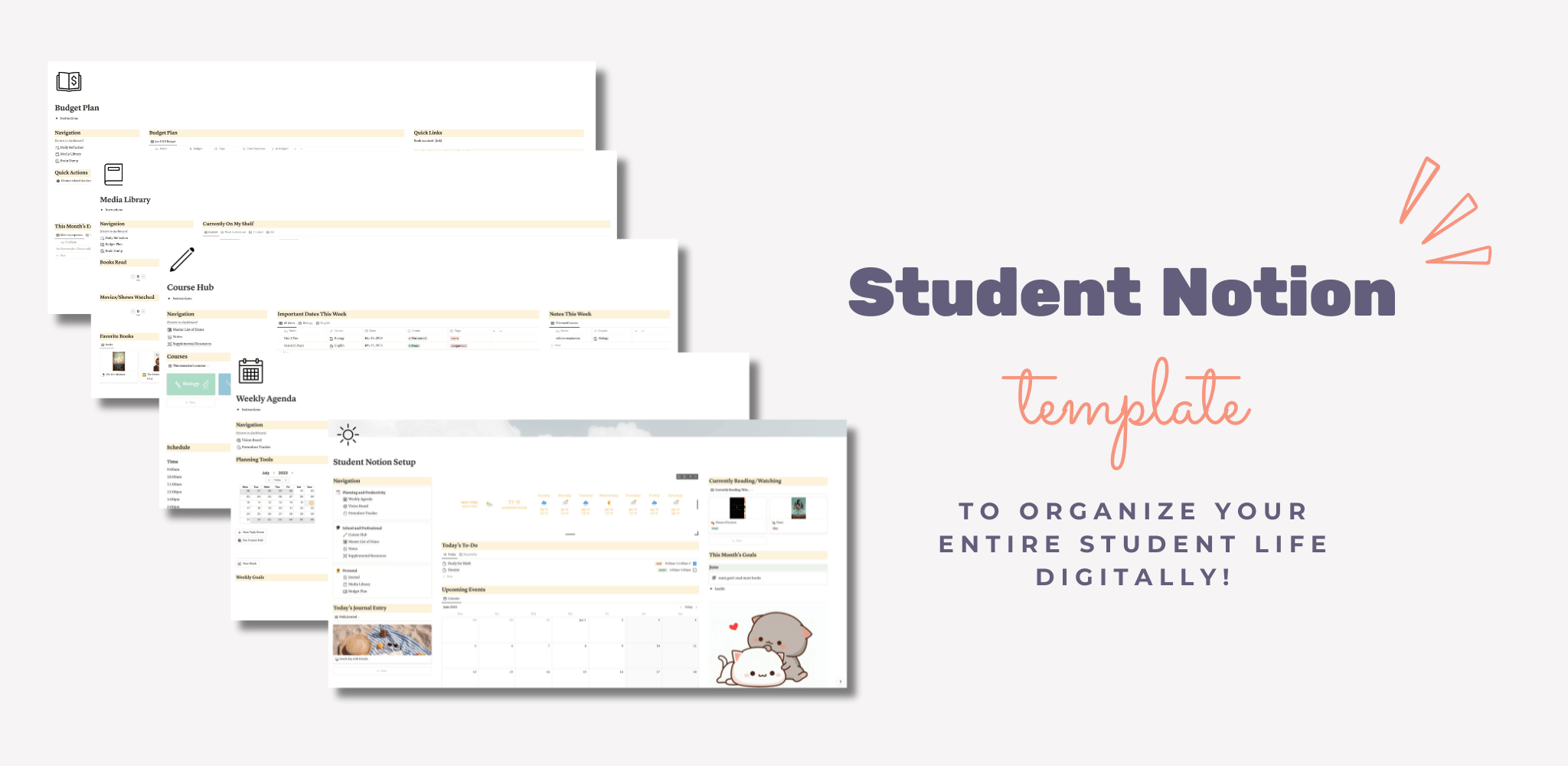
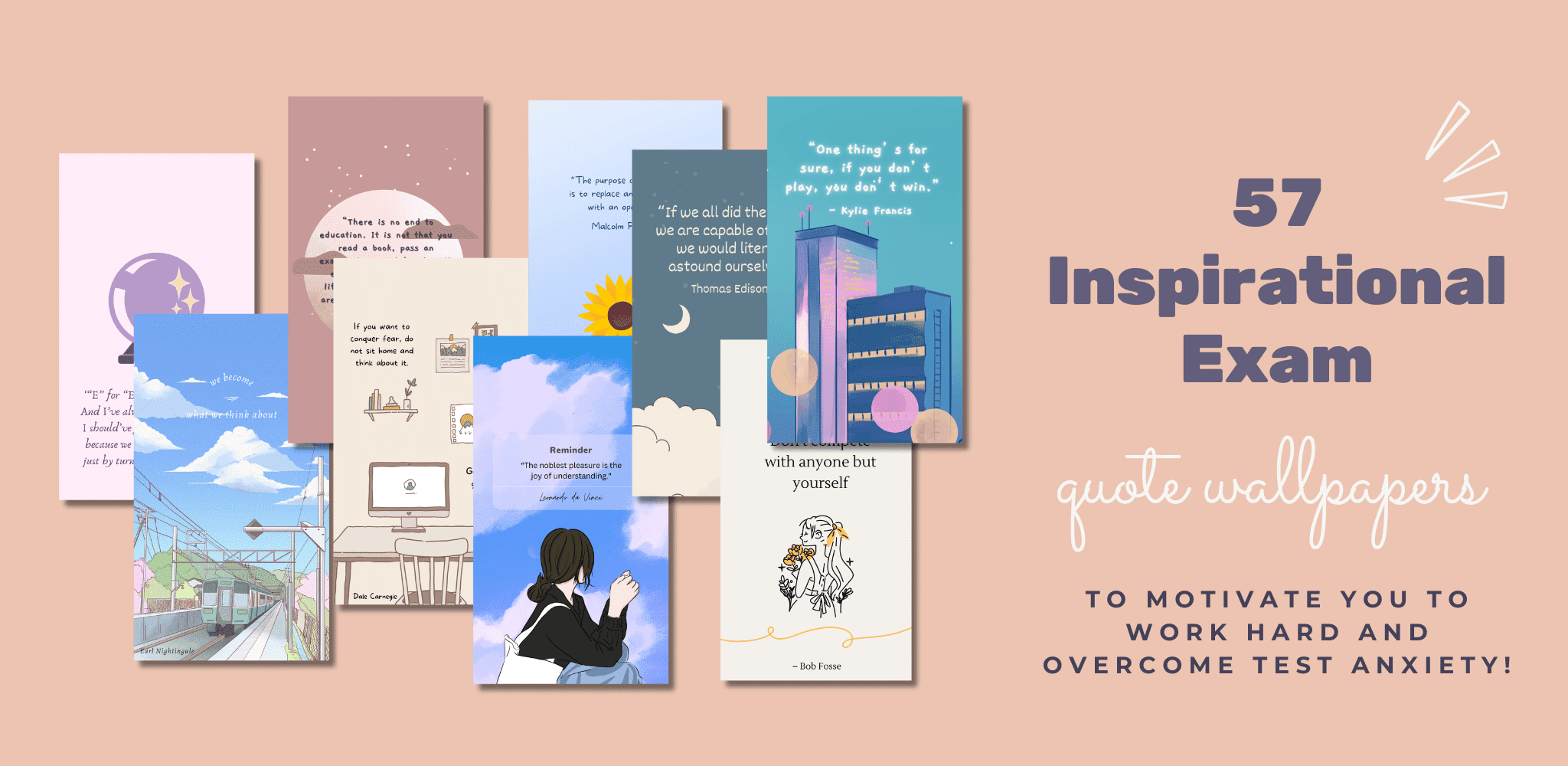
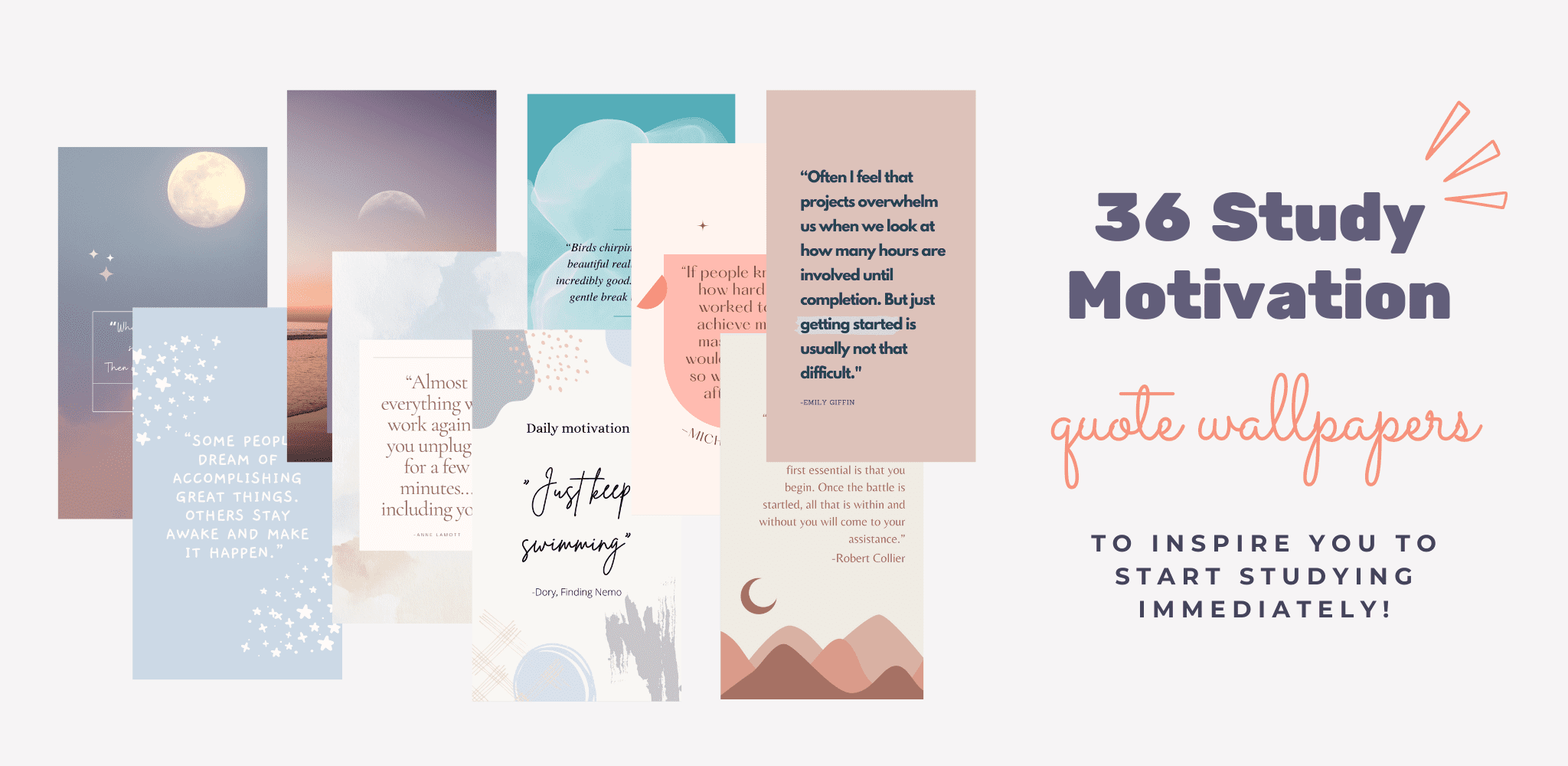








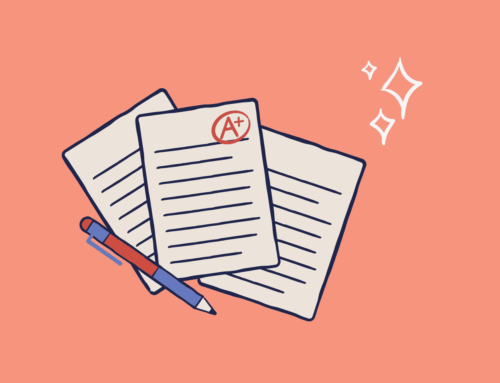

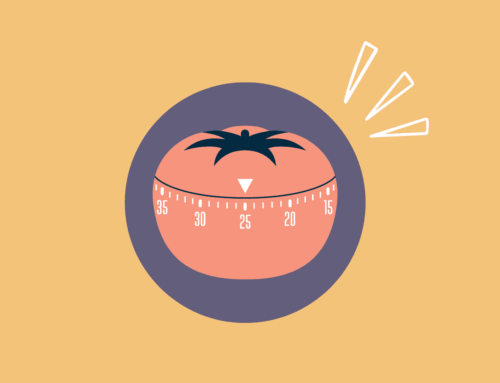






I have been searching high and low for a good website with actual tips. Half the websites out here are just 50-year-olds giving you tips but Newsflash we need tips from people that have been through this recently. Angie really describes things and doesn’t leave anything out she gives you what you need to know and no extra information that you don’t need. I love how she gives tips on so many things and also helps you find products that help you with school. I love this website and I will definitely keep using this throughout my school years.